
The Importance of Baby Teeth
As a parent, it’s crucial to understand that
Home » Dental Bridges
It can likewise put a serious dent in your self-confidence. One of the best solutions that dentists offer to address this problem are dental bridges.
If you are looking for the most appropriate solution for missing teeth, it’s important to understand the treatment options available to you. You must also gain an understanding of what the service entails before deciding if it best fits your specific needs. Here’s what you need to know about dental bridges.
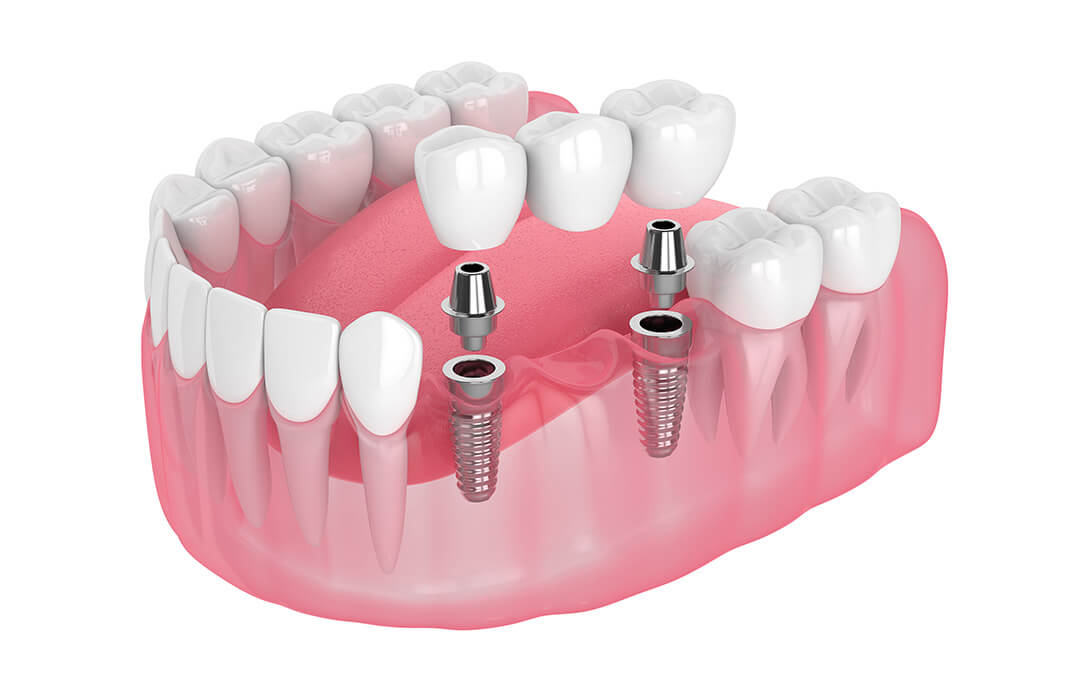

Dentists may use different types of bridges depending on the situation.

The most common and popular type is a traditional bridge. This involves two crowns, known as abutments, anchoring the false tooth or teeth to your real teeth on either side.
In some cases, there are not teeth on both sides of a gap. One solution to this problem is to install a cantilever bridge. The crown is only attached to a single tooth on one side. While this is a less intensive procedure and may be an excellent option for patients who do not want their healthy teeth shaved down, the false teeth will hang over the gap. The single crown may also act as a lever, increasing one’s risk of tooth and jaw damage.
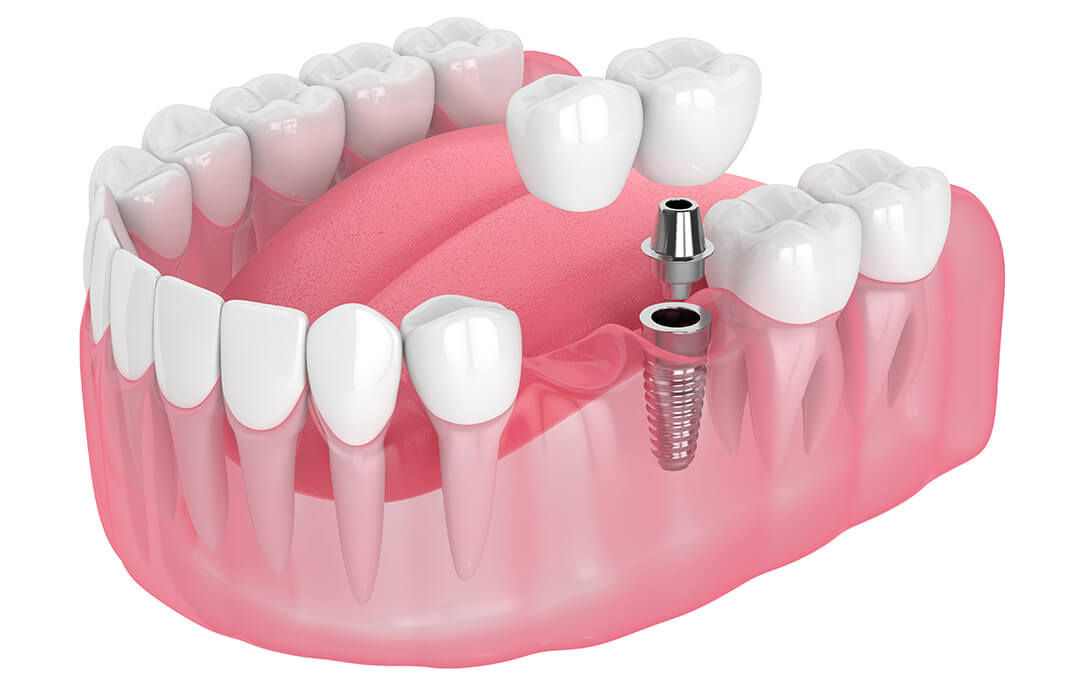
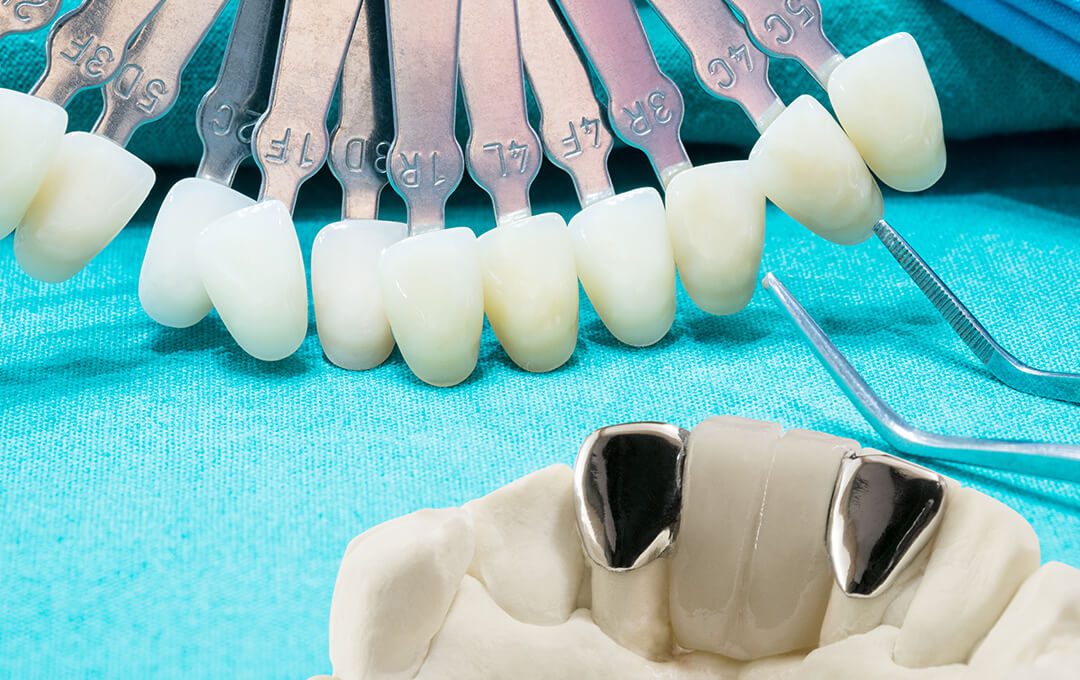
In areas of the mouth that can handle less force or where only one tooth is missing, a Maryland bridge is highly recommended. This is less invasive than the traditional and cantilever types. The bridge has metal or porcelain frameworks anchored to the backs of the teeth on either side of the gap. There’s no need to shave down and cap healthy teeth. They are less secure though.
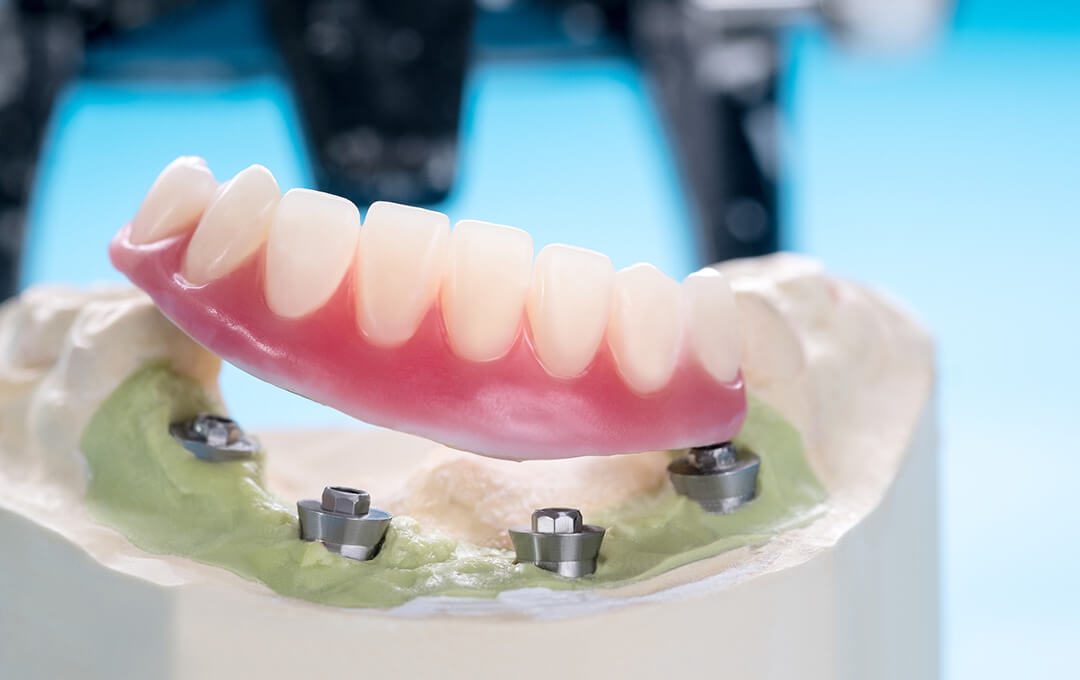
The most common of which is partial edentulism. This is the condition when one or more teeth are missing, but there are healthy teeth that can be used as abutments to support the bridge.
People with signs of large cavities or tooth erosion may also choose to have a dental bridge. The severely damaged tooth will then be removed and replaced by a bridge. This should only be done if the natural tooth can no longer be saved.
Another good reason patients get dental bridges is to restore the appearance of their smile and keep the shape of their face. Teeth play a huge role in the overall look of an individual, and having a full, healthy smile without missing teeth can make someone feel more confident.
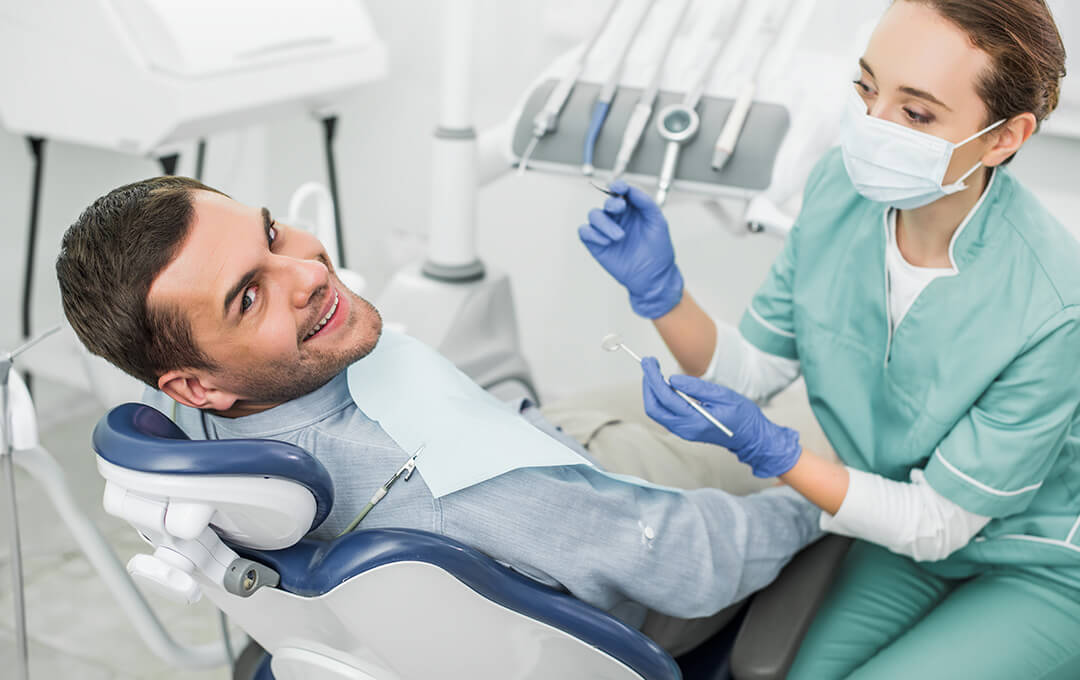

Additionally, a dental bridge can help prevent the remaining natural teeth from moving out of their correct position, which can later alter the shape of your face and jaw.
Many people also ask for a dental bridge for aesthetic reasons. Either they have severe discoloration, an abnormally shaped tooth, or unsightly fillings.
People who have a missing or weak tooth will find it difficult to eat or speak. Therefore, filling the gap using a dental bridge can be very helpful in restoring the mouth’s natural functions. A dental bridge can also help in distributing forces in a bite. This also maintains the strength of your other, healthy teeth and helps prevent future problems.
There are some situations when a dental bridge is not likely the right solution and may be contraindicated.
If there are not enough abutment teeth to support the bridge, this treatment will not be stabilized and may only induce more damage to the mouth. Instead, you will be required to get an implant or use alternative restoration methods like removable dentures.
Dental bridges are also not recommended to patients who continue to practice poor oral hygiene. The elderly and those who have excessive bone loss and large pulp chambers should consider other options, too.
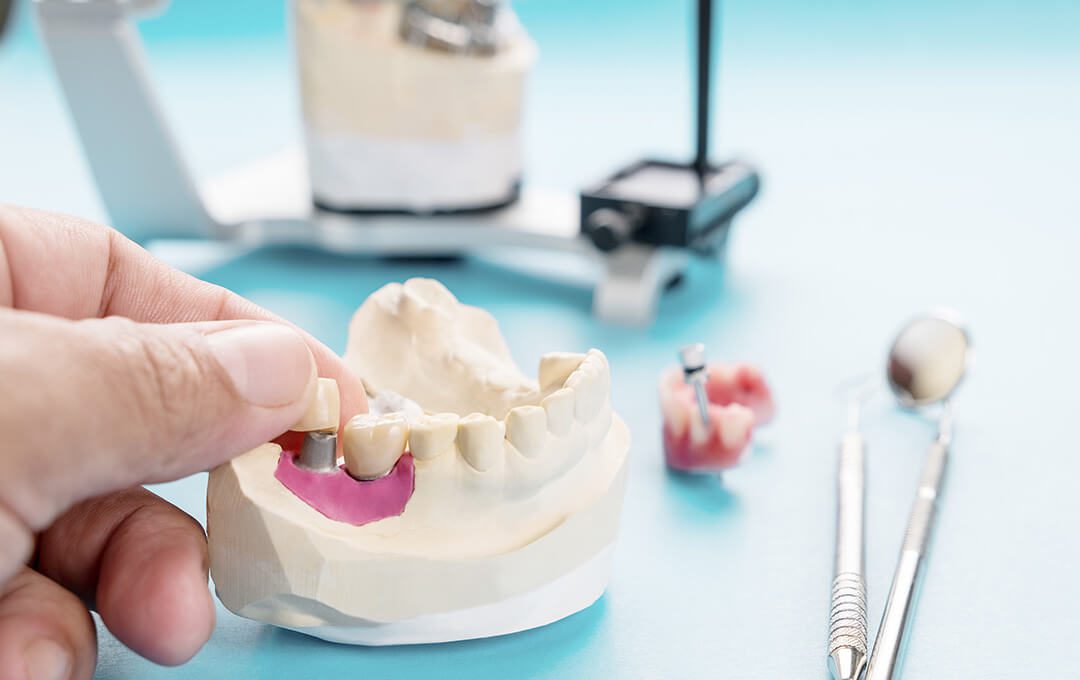
Disclaimer: This commercial website is not operated by dentists or by a dentist association and does not include each and every dentist in your geographical area but only those electing to participate.
We are partnered with the best dentists who can provide you with everything you need to know about dental bridges and other services you may be seeking. Contact us now to schedule a time to connect.

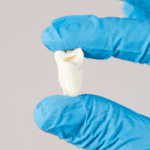

While nutrition and diet are closely related, they
While nutrition and diet are closely related, they